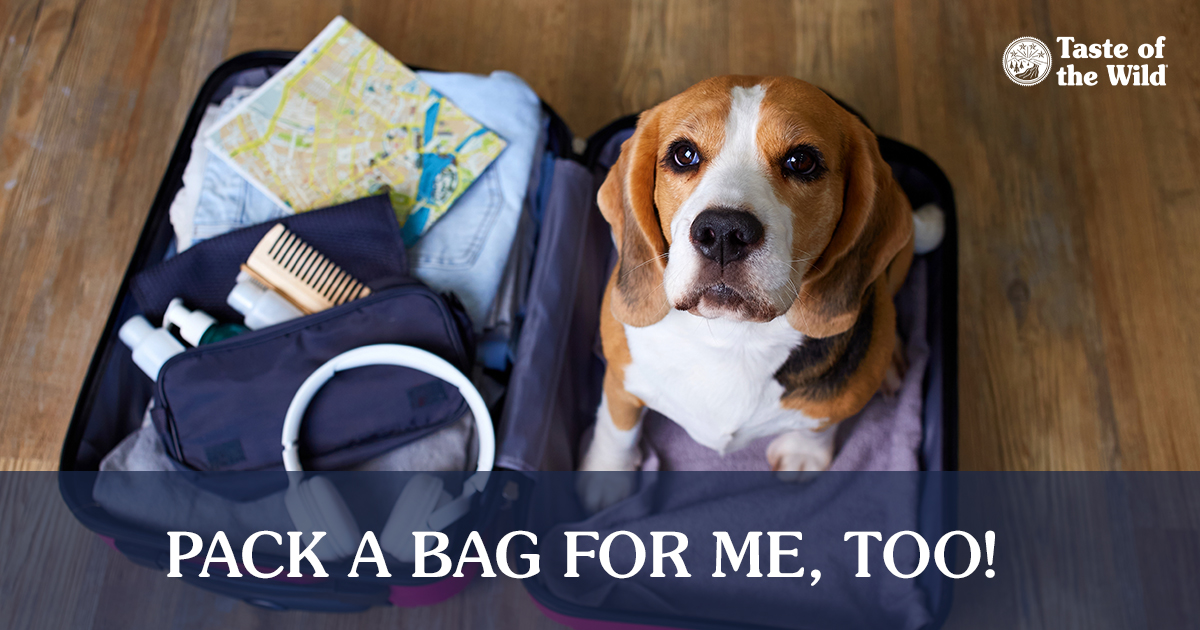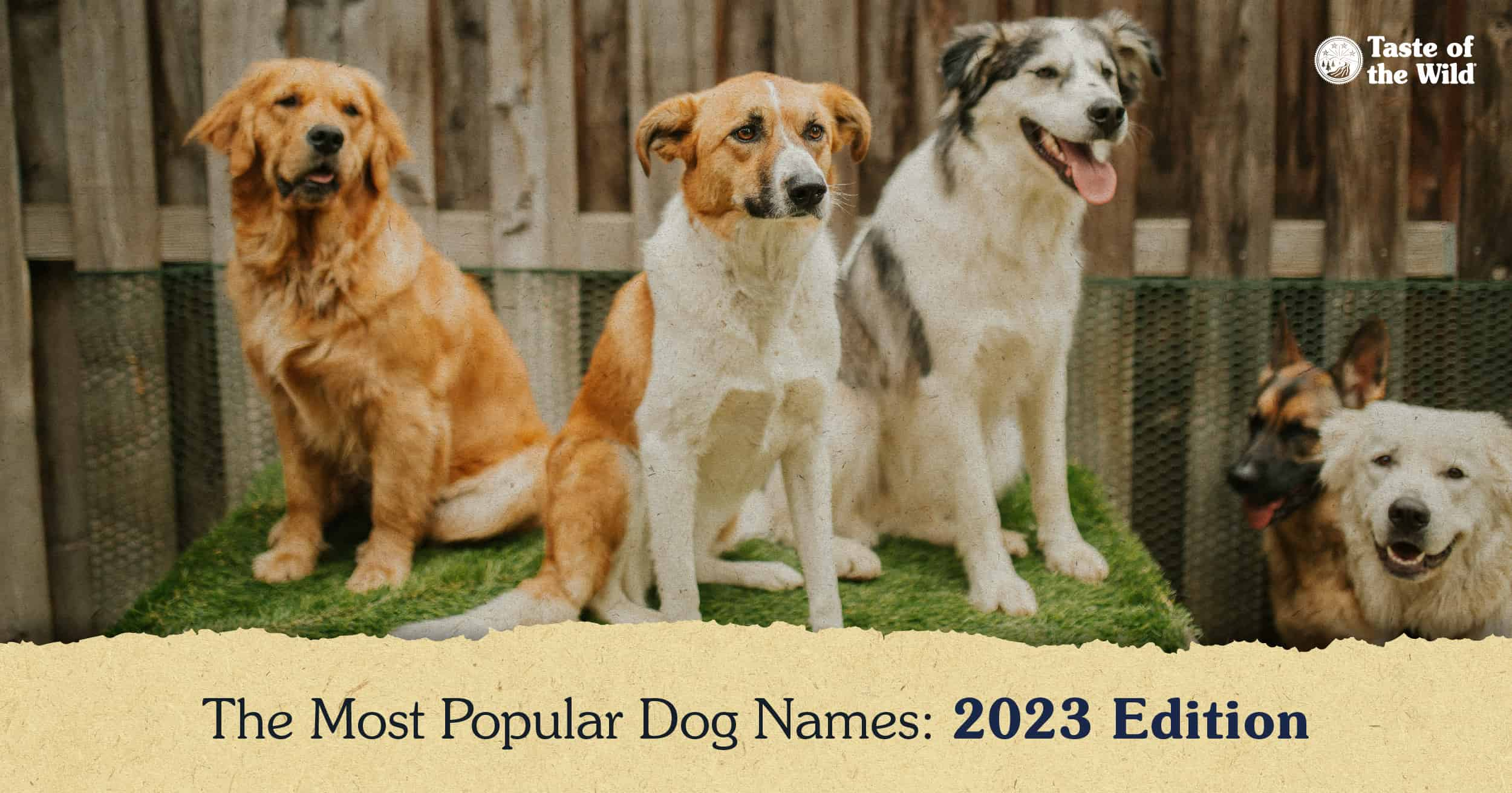National Barks: Badlands National Park
Thursday, August 24, 2023 | Lifestyle
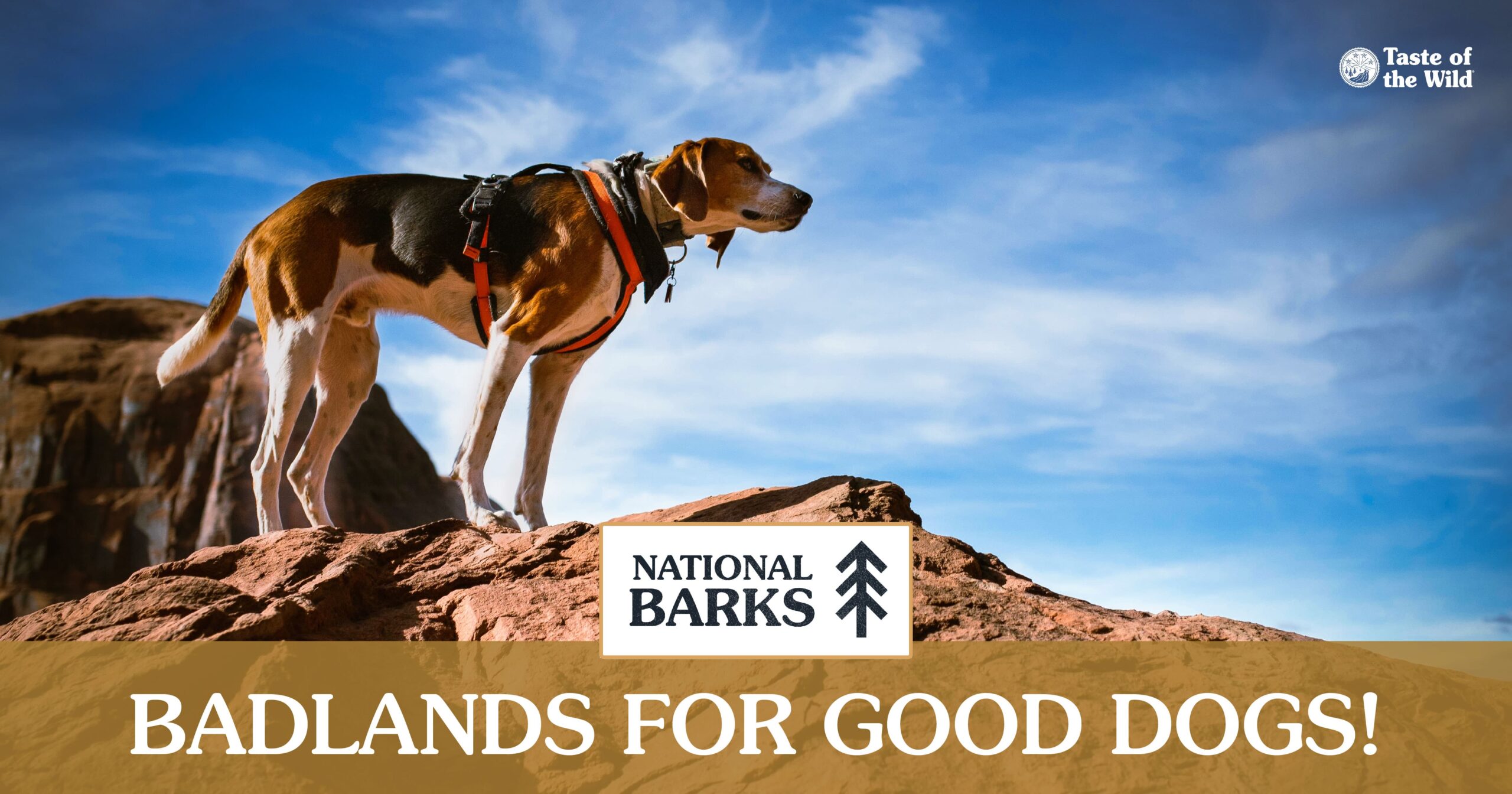
Leash up for the next National Bark you and your dog need to visit: Badlands National Park in western South Dakota. The varying terrain and sediments throughout the park will leave you feeling like you’ve been transported to a sci-fi planet one moment and the moon the next. You and your hiking hound can truly get back to nature here.
The various formations throughout the park are made up of sandstones, siltstones, mudstones, claystones, limestones, volcanic ash and/or shale — a result of millions of years of deposition and erosion. Through all these ecological changes, visitors and researchers alike have found an abundance of fossils in the area. This includes 28-million-year-old fossils of the hesperocyon, one of the earliest dogs or canids to walk our planet. So, as you can see, it’s only right that your dog experiences the Badlands. Their ancestors once walked those lands, after all. But to ensure you and Fido stay safe, there are a few guidelines to note.
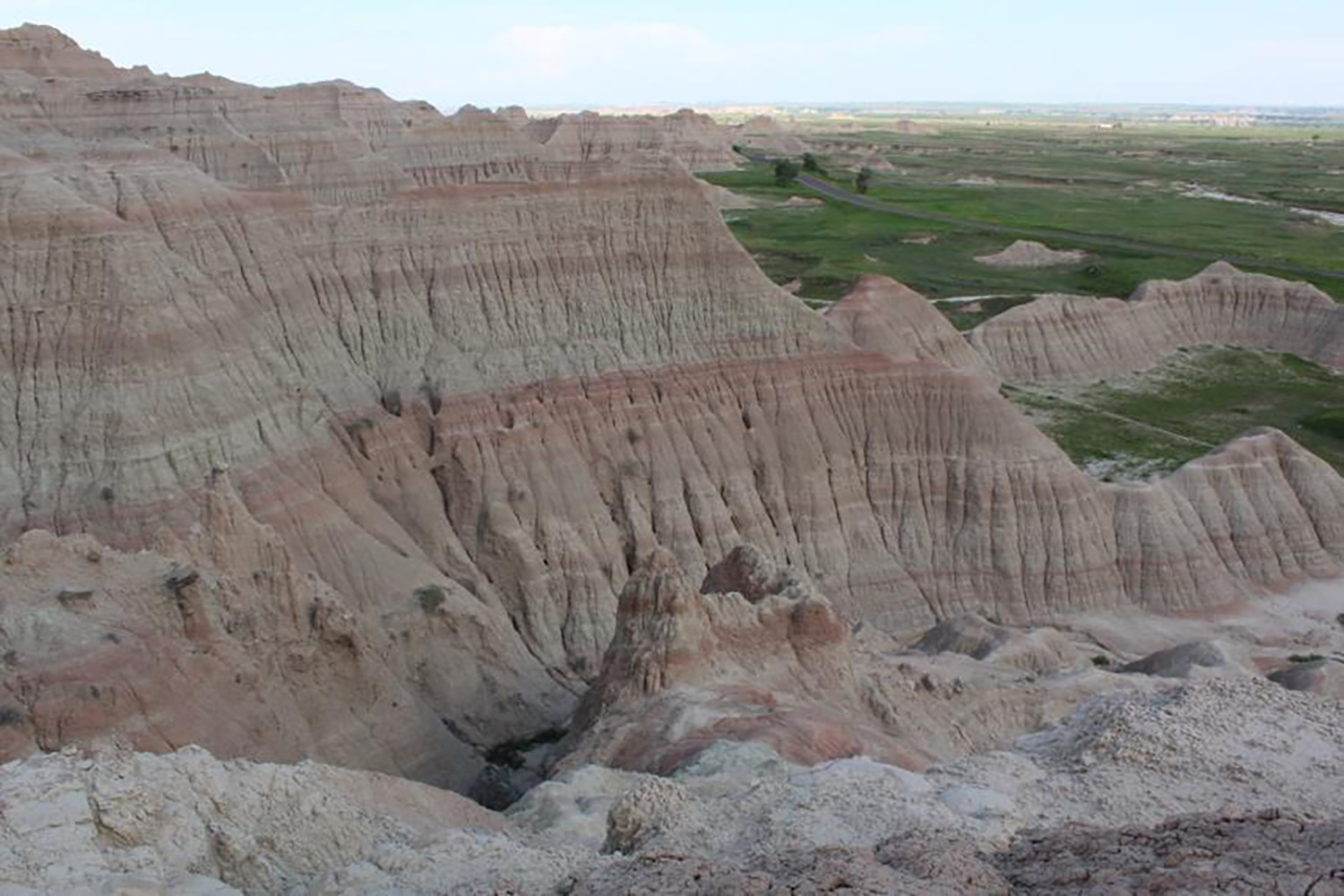
Timing Is Everything When Taking a Dog to a National Park
Most of the terrain Fido can walk on at Badlands National Park will be grassless and unshaded, so it’s important to factor in that summer heat when planning your visit. The best time to visit the Badlands is April, May or early June before the heat becomes too unbearable; or, for perfect fall temperatures, head there during September and October.
While this national park is open year-round, you’ll want to take proper precautions if traveling in the summer and the winter. Temperatures can soar up above 110° Fahrenheit during the summer months and as cold as -40° Fahrenheit in the winter. If traveling during the summer, make sure you have plenty of water for Fido (and yourself!), stick to early morning or late evening ventures outside of a vehicle and keep an eye out for when your dog gets too hot so you can immediately seek a cooler location. If hiking or camping in the winter, limit the exposure to the cold and consider snow boots to prevent frostbite or hypothermia for both you and Fido.
Sleeping Arrangements for Dogs at Badlands National Park
A common theme you’ll notice in our National Barks series is camping. This is because pets are not allowed in cabins or public buildings at national parks. Under the starry skies, it is!
The Badlands National Park provides visitors with two campsites: Cedar Pass Campground and Sage Creek Campground. Reservations for Cedar Pass Campground can be made prior to your arrival. Summer is one of the busiest seasons, so if traveling during June, July or August, consider booking your reservation as far out as March. This will help ensure there’s a spot available for you and Fido.
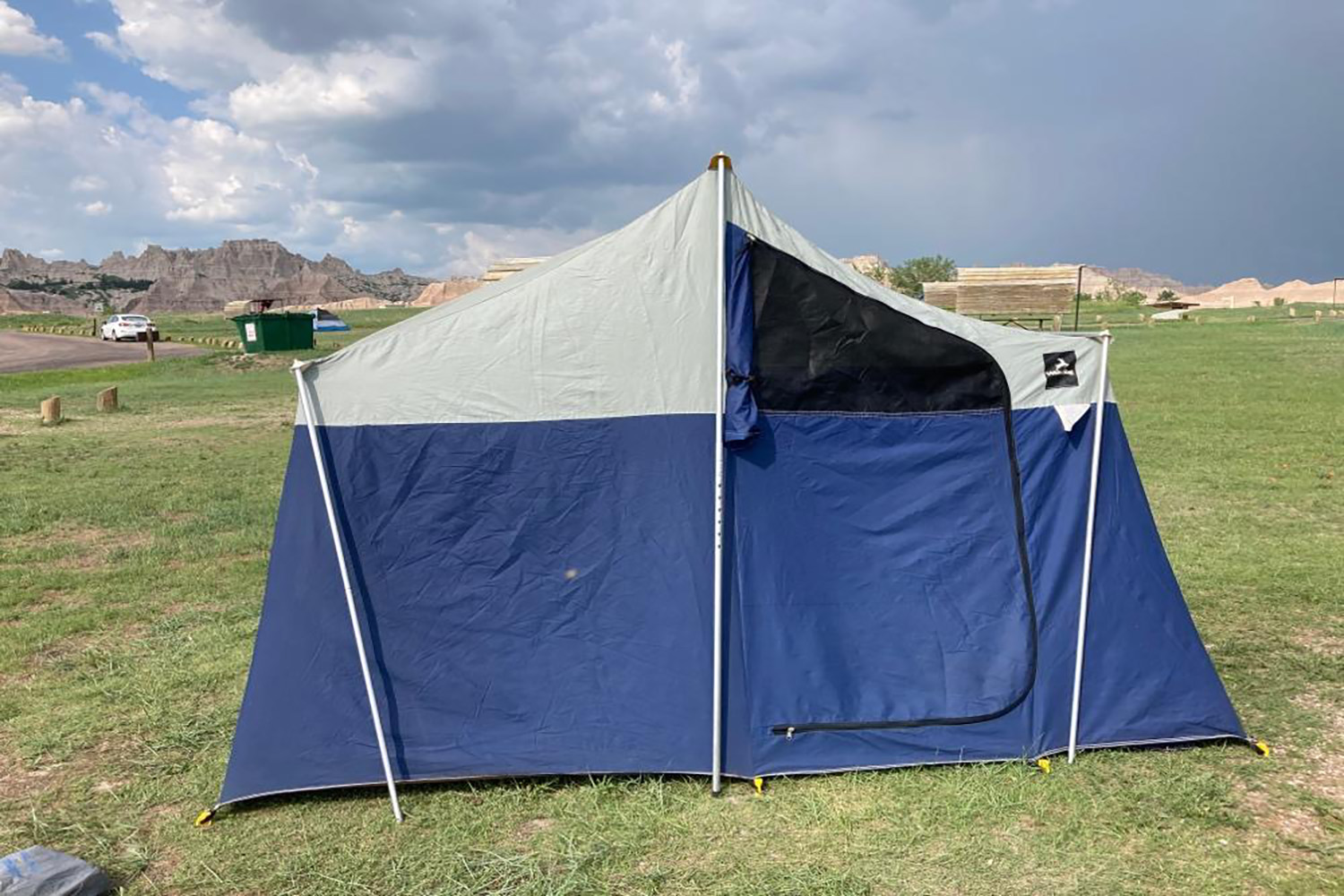
At Cedar Pass Campground you will have access to covered picnic tables, showers ($0.50 for 4 minutes), running water and toilets. You’ll also be mere minutes from the visitor center and café. Cedar Pass Lodge handles all the reservations and questions for the campground.
Sage Creek Campground is a free, first-come first-serve location. You’ll have access to covered picnic tables and pit toilets, but make note to take extra fluids for you and Fido. There is no running water at this location. This campground is located off the unpaved Sage Creek Rim Road, which is sometimes temporarily closed to travelers when winter weather or heavy rains roll through — something to be cognizant of when planning your trip.
Pets must be kept on a leash no more than six feet in length at the campgrounds and throughout the entire park. Additionally, remember to clean up after your dog and properly dispose of pet waste during your stay.
Hiking with Your Dog at Badlands National Park
When walking up to hiking trails, boardwalks, most overlook areas and public buildings, you’ll notice “No Pets Allowed” signage. But don’t worry. There’s plenty of beautiful scenery to see from walking or driving throughout the Badlands. The Badlands Loop Road alone provides 30 miles of walking through the heart of the park!
Pets are allowed on all public roads (paved and unpaved) and in the campgrounds mentioned above as well as:
- The grassy area outside of Ben Reifel Visitor Center (bonus: there are picnic tables at this location)
- Roadside pullouts and parking lots
- Bigfoot Pass Overlook picnic area
- Conata picnic area
Take proper care when hiking on paved and unpaved roads. Watch out for cars. Move out of the way of oncoming traffic. Keep a safe 100-foot distance from all wildlife — big or small. If the wildlife notices you, you’re too close for comfort. And lastly, always take extra fluids for you and Fido while walking. It’s important you both stay hydrated no matter how far you hike.
Due to the lack of grassy or shaded options along the walk, this is why it’s important to make sure you either choose a month where it’s cooler or hike only in the early morning or late evening daylight hours. The pavement will be hotter than the outside temperature due to its reflective nature.
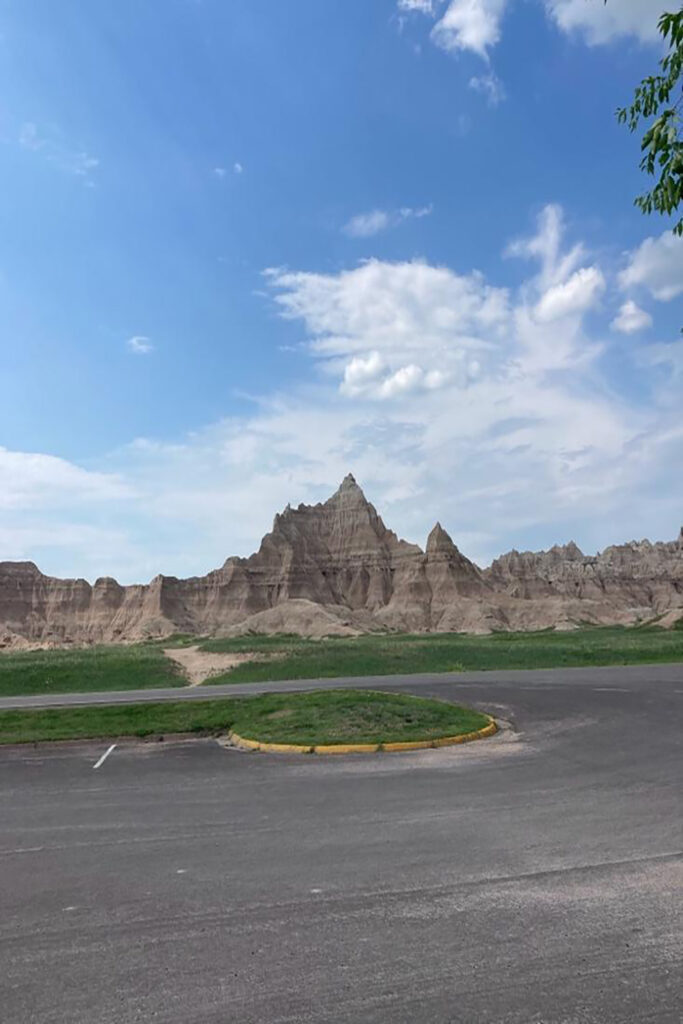
Roadtripping Through Badlands National Park with Your Dog
Driving from one end of the park to the other takes about an hour and a half. Wildlife could prolong that travel schedule though, so be sure you and Fido keep an eye out for any movement outside of the vehicle. Unpredictable and speedy wildlife make it imperative that travelers follow designated speed limits throughout the park. You can be driving along without a critter in view and blink to find a bighorn sheep darting in front of your vehicle.
If you see something you want to explore further while on the drive, remember Fido must be able to go with you. Do not leave Fido in a parked car as a compromise — even if it’s just for a few minutes. An air conditioned, running vehicle can become a dangerous piece of machinery unattended. You never know when a car could malfunction, nor can you anticipate how your dog will behave without you inside the vehicle. They could accidentally bump the gear shifter, gas pedal or emergency break. If you anticipate you’ll want to hike the trails throughout your drive, we recommend traveling with friends or family. You can take shifts on who walks a trail while the other hikes a dog-friendly road with Fido.
So now, the only other question you may have is “How long should I plan to stay at the Badlands National Park?” We recommend mapping out two to three days for exploring and hiking pet-friendly areas. Yes, you can drive straight through the park within an hour and a half. But there are roads to hike, fellow traveling doggos to greet and memories to make at this 244,000-acred park full of incredible geological formations, wildlife and fossils dating back to the Eocene and Oligocene epochs.
RELATED POST: National Barks: How to Take Your Pet to Yellowstone
The information in this blog has been developed with our veterinarian and is designed to help educate pet parents. If you have questions or concerns about your pet’s health or nutrition, please talk with your veterinarian.


